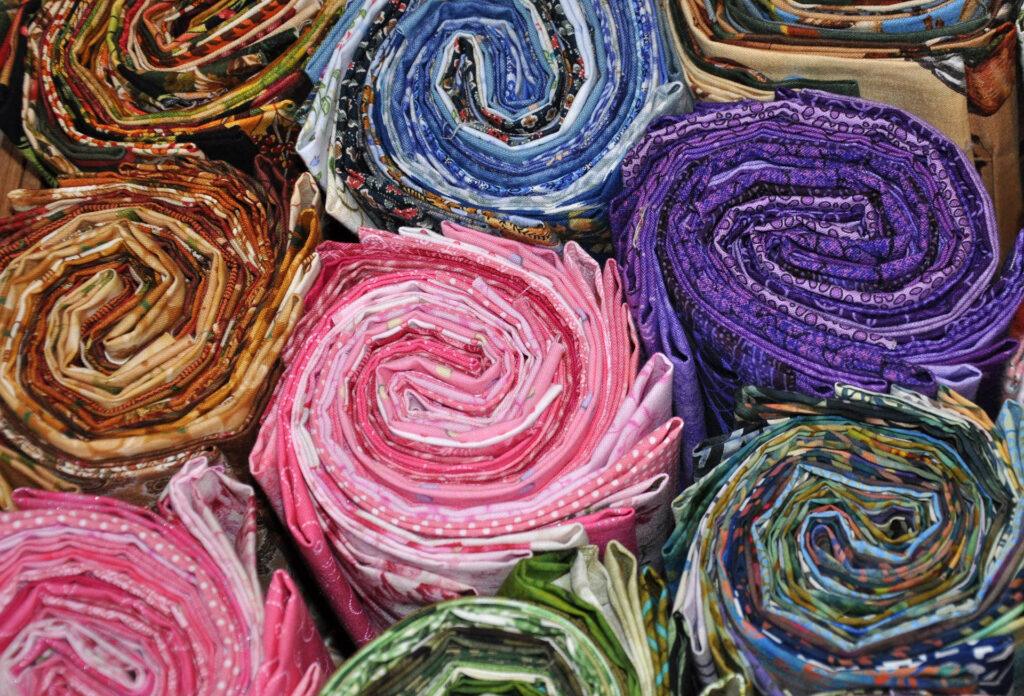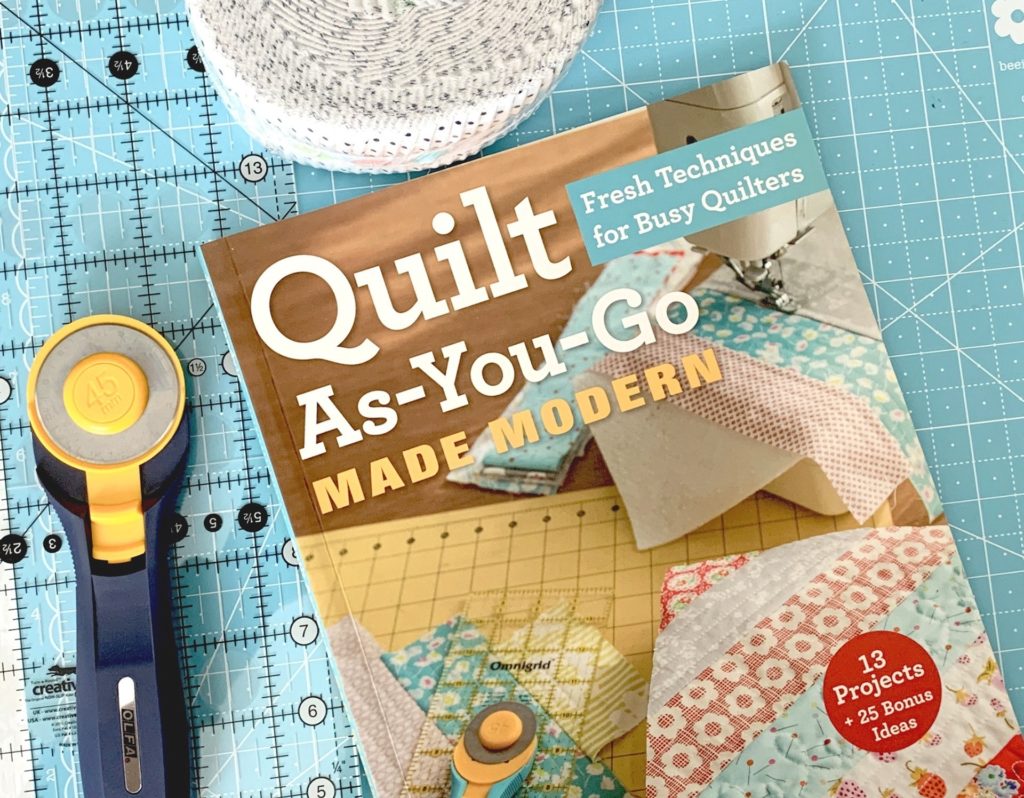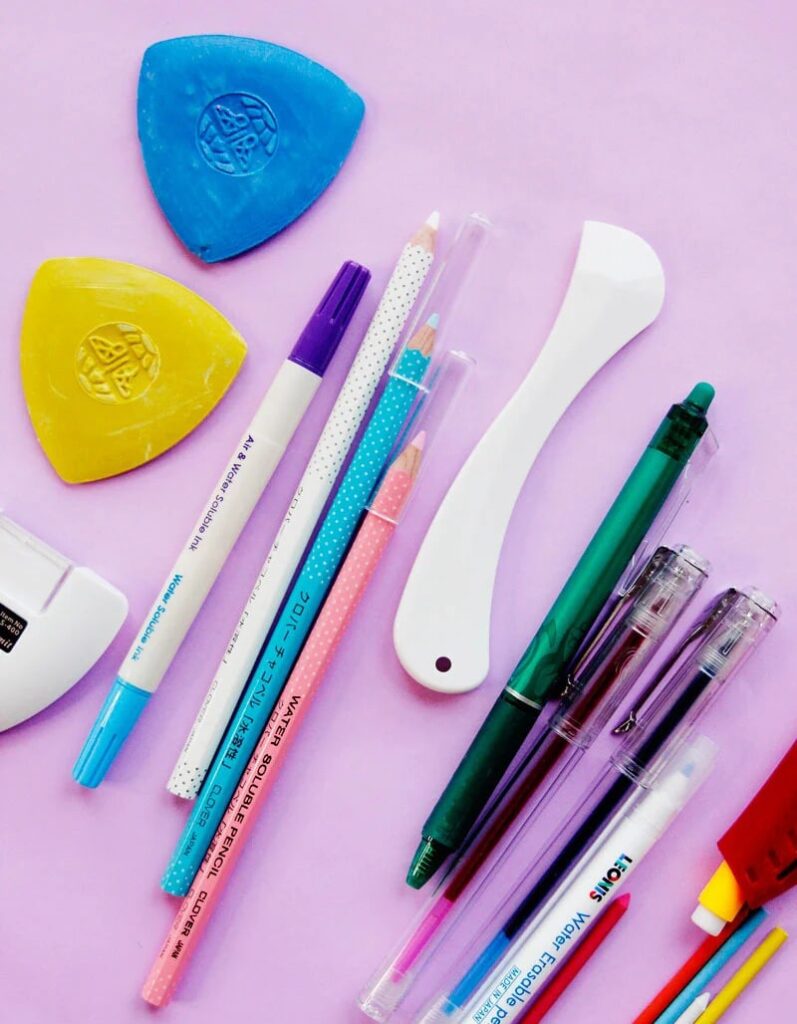

If you’re a quilter, there’s no way you haven’t heard of cotton batting. It has become the most popular choice for many quilters, but this doesn’t mean that this common material is far from average. If you go for 100% cotton batting, you can enjoy the durability, softness, and all-natural feeling it gives to your quilting.
As cotton quilt batting becomes more popular, many quilters have become overwhelmed with different options and the questions of which batting is perfect for the projects they are working on. If you’re new to quilting, it’s important to know that a quilt is a blanket made with padding and enclosed between layers of fabric Trusted Source How to Make a Quilt (with Pictures) - wikiHow Quilting is a fun and practical way to pass time. You can be as creative as you like, and you will finish with a blanket to keep you warm at night and pass down to your children or grandchildren. Use these steps to learn how to make a… www.wikihow.com , usually three layers.
From the best type of cotton batting for quilt and how you can choose high-quality cotton batting materials to tips and helpful advice, you have all you need to know about cotton quilt batting in this guide.
When you step into the market to buy quilt battings, there’s no doubt that you’ll be met with a wide range of options. And so, you have to choose your quilt batting based on the loft and fiber.
Loft indicates how thin or thick the batting is and is divided into two. High loft batting is thick and usually used in comforter-type quilts. Then, low loft batting is thinner and is recommended for those quilting by themselves, whether with a machine or by hand.
Then, you can also choose the quilt batting by selecting a particular fiber. The fiber indicates what the batting is made of. Some of the most popular fibers include polyester, cotton, and cotton-poly blends, which are known to be affordable and reliable. Recently, many quilters have started using bamboo, wool, silk, and fusible batting, and although they have amazing qualities, they are also expensive.
While the different kinds of fiber have their pros and cons, cotton is usually seen as the best for quilt batting, which is why it’s also popular in the quilting community. The pros of using cotton quilt batting outweigh the cons, and this is what we would focus on in this guide.
Cotton quilt batting usually feels like a thick flannel and has the heaviest weight among other types of fibers, so it gives that quilt or comforter feeling. Cotton is a natural and breathable fiber and can be used when quilting by hand or with the machine, although the latter is much preferred for this fiber type.
As long as you go for 100% cotton, you can enjoy using the quilt for a long time. Quilts made with cotton batting become softer with each wash because of the nature of the material, so like wine, it becomes better over time.
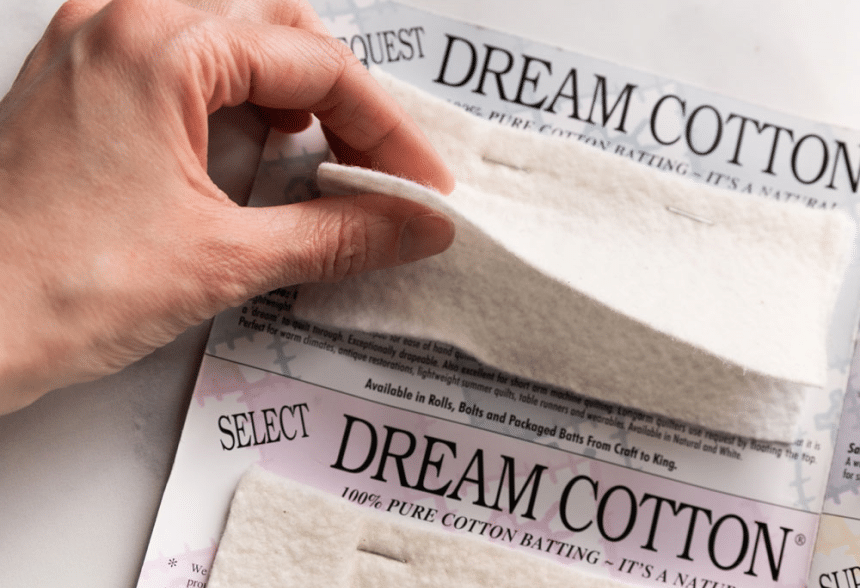 Cotton batting is very far from average, but it is still the most popular choice among many quilters. This type of fiber has been used for batting for as long as people have been quilting, and so you can be sure that it has proven its high quality. Cotton is a popular choice because of its many advantages, one of which is its affordable price. It is the least expensive among all batting choices, and its heavyweight and comfort would surprise you. Some of these pros include:
Cotton batting is very far from average, but it is still the most popular choice among many quilters. This type of fiber has been used for batting for as long as people have been quilting, and so you can be sure that it has proven its high quality. Cotton is a popular choice because of its many advantages, one of which is its affordable price. It is the least expensive among all batting choices, and its heavyweight and comfort would surprise you. Some of these pros include:
Cotton is completely renewable, sustainable, and biodegradable, especially when you use 100% cotton batting for your quilts. And so, it isn’t only of high-quality but is also a great environmentally-friendly choice for all your quilts. You can go the extra mile with organic cotton quilt batting, which does not use any chemicals when growing.
Cotton is also known to be very soft and comfortable, making it a perfect choice for quilts. Although some other fiber types are soft, cotton is the most cost-effective choice, so it’s not surprising that quilters always turn to this fiber before any other one. Cotton is also easy to maintain and machine washable, as long as you take care of it properly.
Whether the weather is cool or warm, you can feel comfortable under your cotton quilt batting. Cotton is known for being highly adaptable to all temperatures and is also good at retaining moisture and color dye for a long time.
Cotton quilt batting is very strong, and so it lasts for a long time as you use it. Since it retains color dye well, you won’t have to worry about the cotton fading as you wash it. What adds to the durability of cotton is how it becomes softer and more comfortable as long as you wash it properly.
You can’t just step into the market and pick the first natural cotton batting that you see. Instead, there are different factors to consider to ensure that you pick only the best, top-quality cotton batting for quilts.
So, before you step out to buy natural cotton batting, consider these factors:
The first important factor is the size of your cotton quilt batting, and they usually come prepackaged for different sizes. These sizes include crib, twin, queen, king, and full, just like when you’re buying beddings. Some stores also allow you to buy custom-sized batting, so you can choose based on the project you’re working on. It’s usually advisable to buy cotton quilt batting by the roll or yard. The Warm Company Natural Cotton Batting by The Yard is an example of cotton batting measured by yards and inches.
As mentioned earlier, the loft indicates how thick or thin the cotton batting is. This also depends on the type of quilt you’re making. If you choose a high-loft cotton quilt batting, the quilt would be puffy, and the lines would be visible. But, low-loft batting makes the quilt flatter.
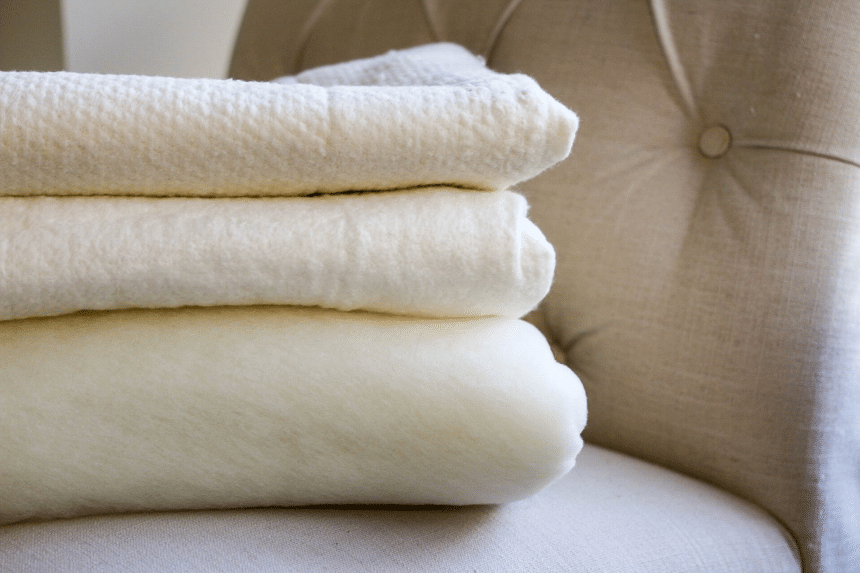 Your Machine Type:
Your Machine Type:If you’re quilting with a machine and not your hand, this is also something to keep in mind while choosing cotton batting. If you have a domestic quilting machine, it’s best to go for low-loft cotton batting, especially if you’re making something large. But, quilters with professional longarm machines Trusted Source Best long arm quilting machines: a buyer’s guide - Gathered Learn all about long arm quilting machines from quilting expert Lorna Sclessor. She’ll show you how to use a long arm quilting machine and where you can buy them! www.gathered.how can use all types of cotton batting.
Cotton batting also comes from different brands. If you already have a brand that you’re using, you can stick to their cotton products. But, if you’re a newbie, you can do better by going for more well-known brands like Angel Crafts and Sewing Cotton Batting for Quilts or the Quilters Dream Natural Cotton White Select Batting. By going for well-known brands, you’re assured of high quality.
You also have to think of colors when choosing the best cotton batting for quilts. Batting usually comes in bleached, black, and natural colors, and so you pick one based on the quilt you’re making. Dark quilts go with black batting, while bleached batting is for light quilts. Then, quilts with medium-value colors go with natural batting colors. With the right color, you can cover up the beard.
Some cotton battings come with scrim, which is a light layer of woven fabrics. It holds the batting together while you quilt and is a good choice for those that are just starting in quilting. If you’re designing a quilt with wide spacing between the lines, you’ll also need batting with a scrim.
When working with cotton batting, you can keep these tips and advice in mind, especially if you’re a newbie.
When you first buy your cotton batting, it’s advisable to prewash it, especially if you want to reduce the crinkles that it has from the packaging and all the time on the shelf. It’s not recommended to wash cotton batting in a washing machine because it would agitate it. Instead, hand-wash it in a tub or large sink.
But, if you don’t like to wash your hands, you can still use your machine. To do so, fill the machine with water and submerge your batting in it. Then, turn your machine off so that there won’t be a cotton mess. Soak it for between thirty minutes and an hour, and then drain the water. Ring out the batting and dry it.
You can dry it with the dryer set on air fluff or lay it flat on towels to dry. Prewashing your cotton batting would help you prevent shrinkage when placing it in your quilt.
During cotton quilt batting, you should quilt a little more so that the cotton doesn’t bunch after washing. If you quilt far apart, the cotton will bunch up together after you wash it. This is why quilting with cotton batting should be done close and tight so that the batting stays in place.
When you buy cotton batting, the manufacturer might include information on the type of quilting pattern you should use to prevent bunching. So, whenever you buy cotton batting, read the fine print.
 Using the Right Quilting Distance:
Using the Right Quilting Distance:If the manufacturer does not give information on how far apart your quilting distance is, then you’re left to your discretion. The quilting distance is the minimum distance that the stitches should be from each other, and it differs based on the type of fiber you are using.
For cotton, it is recommended to use a quilting distance of up to 8 inches. This gives enough room to prevent bunching.
Some cotton batting comes with bonding, which is a type of glue and adhesive, and when you wash it, the glue can come off and damage your quilt. It’s advisable to avoid these kinds of battings.
As for bearding, these are wispy cotton that seeps out of the quilt after a while, and you can avoid these by using high-quality cotton batting.
There is a wide range of brands you can turn to buy cotton batting for quilting, but if you’re not sure which one to go for, we have put together our favorite battings.
There you have it – your complete guide to cotton quilt batting, whether you’re new to quilting or not. You can choose your favorite cotton batting to make some gorgeous quilts or use those recommended by us. Remember that cotton batting for quilts is not only the least expensive choice but is a high-quality and reliable fiber that you can use to make beautiful quilts, whether by hand or machine. So, start cotton quilt batting today.

